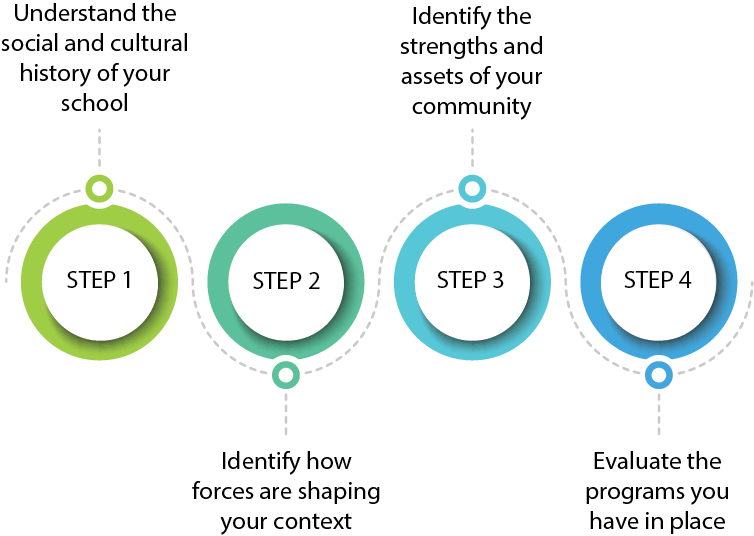Our Book
Rural Matters
“ Students growing up in cities or affluent suburbs shouldn’t have an edge over those raised in the Appalachian coal country… . Rural Matters. Geoff and Sky Marietta take us to an often neglected slice of America that needs to be part of the narrative if our country is going to be successful. ”
— Daniel A. Domenech
Executive Director, AASA, The School Superintendents Association
Buy the Book Now
What’s Inside
Rural Education in America provides a comprehensive framework for understanding the diversity and complexity of rural communities in the United States and for helping rural educators implement and evaluate successful place-based programs tailored for students and their families. Written by educators who grew up in rural America and returned there to raise their children, the book illustrates how efficacy is determined by the degrees to which instruction, interventions, and programs address the needs and strengths of each unique rural community.
Urban-centric Approaches Don’t Work for Rural Schools
America’s urban-centric approach to educational policy does not capture the whole landscape of rural communities. This map shows three examples of “urbanized areas” and “urban clusters,” as defined by the Census Bureau; we know firsthand, having lived in those areas, that dozens of communities identified as “urban” would find the distinction preposterous. Policies based off these ill-conceived definitions don’t work for rural communities.
Rural Schools have Tremendous Strengths
To name just a few research-based strengths: greater socioeconomic and racial integration; strong, deep, and stable family ties and social networks; greater connection to the natural world and foodways; and highly qualified, excellent educators with deep cultural knowledge.
The Digital Divide Violates Rural Students’ Civil Rights
More than 5 million rural students do not have access to basic internet. Online access for rural African American and Hispanic students is more grim; in remote rural communities 41% of African American students and 26% of Hispanic students have no internet access. Forcing rural schools to deliver instruction online without adequate braodband infrastructure is essentially refusing to educate rural students, violating their 14th Amendment right to a free and appropriate public education.
The Brain Drain is a Myth
The vast majority of students attend a college or university within 50 miles of where they grew up. But most rural communities are “higher education deserts.” Consider that rural counties cover 97% of the United States, but are home to only 14% of the nation’s colleges and universities. Unlike their urban and suburban peers, rural students are forced to leave their communities to attend college. While most return, some do not, which is not unlike their more urban peers.













